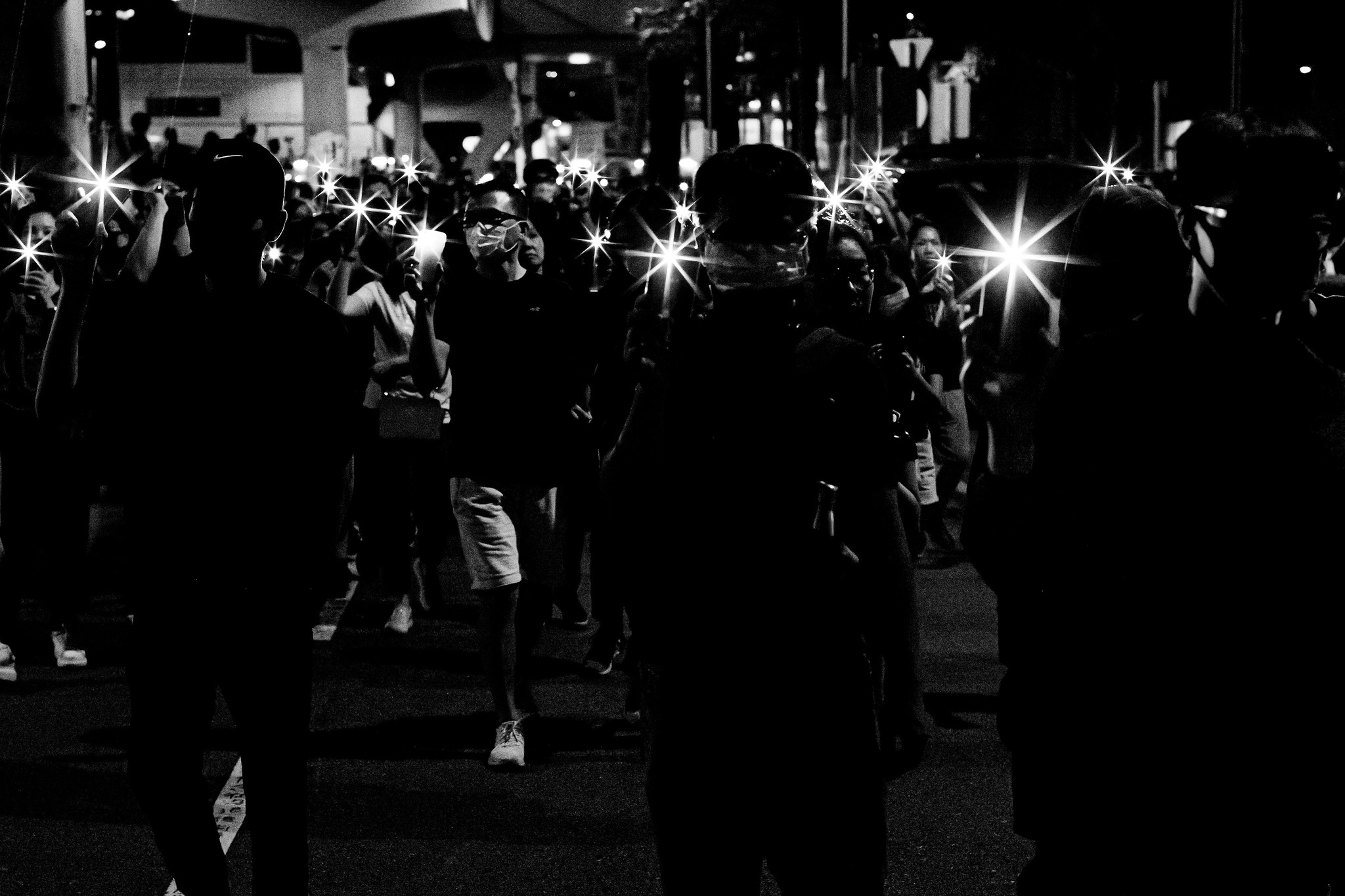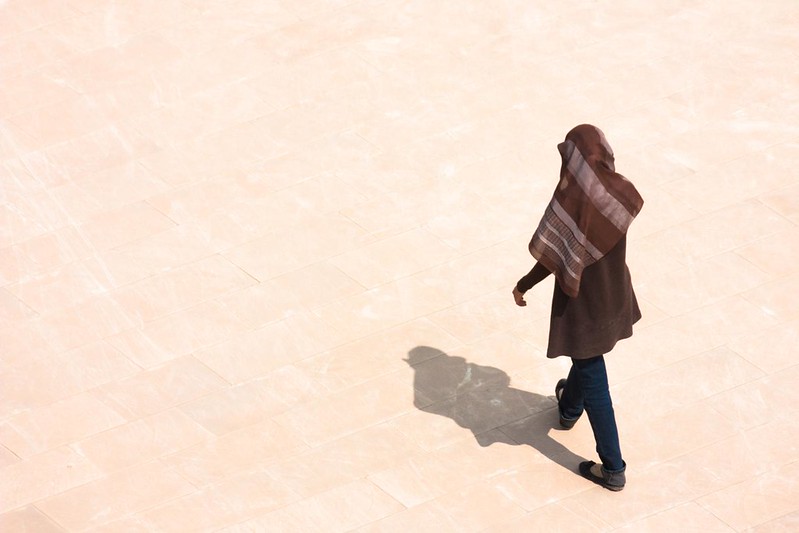While dolls like Fulla and Razanne do offer an alternative to Barbie in Muslim societies, the dolls remain inherently consumerist and construct their own discourse of femininity. The Western concept of beauty, first introduced though Barbie, remains unchanged in these ethnic dolls. In the end, it’s about Barbie done differently to sell more stuff.
Last month Melbourne was host to “Forever Barbie” – an exhibition which “celebrates 50 years of a pop culture icon.” I’ve had my fair share of Barbie dolls when I was younger, but an exhibition? Since when did Barbie become an appropriate ‘cultural’ artifact to celebrate?
The critiques against Barbie are well known; she is a commodity that has come to define femininity and symbolize and perpetuate Western standards of beauty. She pairs endless consumption with the quest for a narrow and unattainable beauty standard. Capitalist tools don’t get better than her.
In more recent years, the manufacturers of Barbie have introduced some ethnic friends to the doll’s social circle. Through these dolls, Mattel has reinforced the white standard of beauty, reducing cultural differences to costume changes and darker shades of plastic. The ethnic dolls themselves are caricatures of Eastern women translated though the plastic femininity of Barbie. Some of the highlights include Princess Moroccan Barbie” and “Leyla,” a 1720’s Turkish Muslim slave girl.
Now, we have Fulla, who is marketed as a Muslim doll. She represents a “culturally sensitive alternative” to Barbie’s flashy lifestyle. Fulla is not manufactured by Mattel, but by a Syrian based company called NewBoy. She does bear obvious physical similarities to her white American counterpart: 11” tall, unable to stand on her own, and made in the same factories in China as Barbie. Fulla has “outdoor” and “indoor” clothes; her outdoor clothes include a hijab, a black abaya, or a long, cream coat, while her indoor clothes consist of trendy, Western-style outfits. She also comes with a mini pink prayer mat. Fulla herself has long black hair, large brown eyes, painted-on eyebrows, and an olive complexion, although some of the Internet images of the doll show her color ranging from dark brown to as white as Barbie’s. She also has two ‘friends’; blonde-haired Yasmine and red-haired Nada.
In her article, “Islamic Barbie: The Politics of Gender and Performativity,” Amina Yaqin discusses Razanne, a Muslim doll (again, similar to Barbie) made by a Muslim couple in the U.S. and sold through their website. Buyers can purchase different varieties of Razanne – Fair Skin/Fair Hair, Olive Skin/Dark Hair or Dark Skin/Dark Hair. Like Fulla, Razanne has “inside” and “outside” attire. At home, Razanne dresses in all the latest fashions, and when she is out and about she dons her hijab and jilbaab. Yaqin argues that while Razanna is a “veiled mimicry” of Barbie, such dolls do offer an alternative representation of Muslim identity because the dolls are presented as a substitute to the culture of commodification. However, she concludes that it remains debatable whether the dolls break stereotypes of Muslim women, or reinforce them through constructing a universal female Muslim subject.
So do Fulla and Razanne represent “protest products” made to resist Western consumer culture? Or, as Katie Cercone argues, are Fulla and Razanna, like their white Barbie counterparts, “emblem[s] of the cultural pressure to conform to one extremely limiting female role?” Renée Terrebonne takes up this point in her article “Fulla, The Veiled Barbie: An Analysis of Cultural Imperialism and Agency.” Like Yaqin, she argues that Fulla is a capitalist cultural artifact that closely imitates Barbie. But Terrebonne attempts to find the agency of consumers within the global market. She highlights that Fulla is “Barbie done differently to fit the needs of a group of people.” This process is ‘glocalisation’; consumers take the globalised artifact (Barbie) and make it local (Fulla). It is a positive step for Barbie and Barbie-like dolls everywhere.
I’ve always been a bit skeptical about the glocalisation argument. McDonalds usually trots it out to make the claim that they “respect” Muslim cultures because they offer halal Big Macs. In the case of Barbie dolls, I think it is important to realize that while dolls like Fulla and Razanne do offer an alternative to Barbie, the dolls remain inherently consumerist and construct their own discourse of femininity.
Take Razanne, for example. While she comes in different ‘colors’ to represent different ethnicities, all variations of the doll have exactly the same features, with only slight dissimilarities in their complexions. Fulla is created in the same factory in China as Barbie, and looks almost like Barbie’s twin sister with larger eyes and a slightly darker complexion. Thus, the Western concept of beauty which was first introduced though Barbie, remains unchanged when it comes to these ethnic dolls. In the end, glocalization isn’t about finding the ‘agency’ of consumers in globalization – it’s about Barbie done differently to sell more stuff.
To a large extent, these dolls are being treated as marketing tools in order to sell Islam. Fulla has sparked a craze in the Middle East; you can find Fulla chewing gum, bags and bicycles, matching clothes, and a matching pink prayer rug for her young owner. A toy-store owner in Syria was quoted in “The New York Times” as saying “If you’ve got a TV in the house, it’s Fulla all the time. The parents complain about the expense, but Fulla gives girls a more Islamic character to emulate, and parents want that.” Forgive me if I want something other than a doll to teach my (potential) daughter my religious and cultural values.
A writer at “The Guardian” aptly sums it up , “For parents it will be the same story regardless: an empty wallet and a houseful of small plastic people with fixed smiles and molded matching accessories.”
(Photo: Chandra Marsono)
Farah Banihali is a Kashmiri Muslim raised and living in Australia. She is currently completing her Bachelors degree in Arts/Law in Melbourne. She blogs at Nuseiba, where an unedited version of this article was originally published.
















